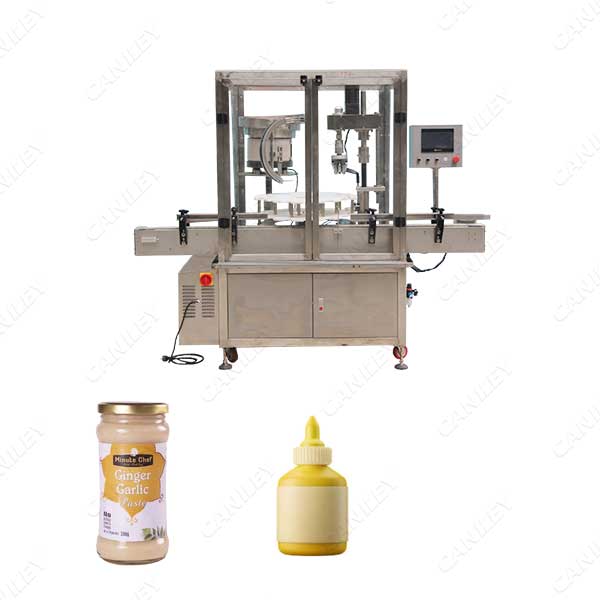In various industries such as food, cosmetics, pharmaceuticals, and more, the accurate and efficient filling of products is a crucial step in the manufacturing process. Paste filling machines play a vital role in achieving this objective, providing a reliable and automated solution for filling viscous substances like pastes, creams, gels, and sauces into containers. But how does a paste filling machine work? This article aims to shed light on the inner workings of a paste filling machine, exploring its components, mechanisms, and the overall process.

Components of a paste filling machine:
a) Hopper: The hopper is a reservoir that holds the paste or liquid product to be dispensed. It ensures a continuous supply of material during the filling process.
b) Filling nozzle: The filling nozzle is responsible for delivering the paste into the containers. It is designed to match the container's opening and prevent spillage or leakage.
c) Conveyor system: A conveyor system moves the containers through the filling process, ensuring a smooth and consistent flow.
d) Control panel: The control panel allows operators to set and adjust various parameters such as filling volume, speed, and other machine settings.
Working mechanism:
The working principle of a paste filling machine can be summarized in the following steps:
Step 1: Preparation
The operator sets up the machine by adjusting parameters such as filling volume, speed, and container specifications. The hopper is then filled with the paste or liquid product.
Step 2: Container placement
Empty containers are placed onto the conveyor system, which carries them through the filling station.
Step 3: Filling process
As each container reaches the filling station, it is positioned beneath the filling nozzle. The filling nozzle descends and forms a seal with the container's opening to prevent any leakage. The paste is then dispensed into the container in a precise and controlled manner.
Step 4: Conveyor movement
The conveyor system continuously moves the containers along, allowing the next container to take its place at the filling station. This process repeats until all containers have been filled.
Types of paste filling machines:
There are different types of paste filling machines available to cater to specific needs:
a) Piston fillers: These machines use a piston mechanism to draw the paste into a cylinder and then dispense it into the containers. Piston fillers are suitable for both thick and thin pastes and offer precise control over filling volumes.
b) Peristaltic pump fillers: Peristaltic pumps use rotating rollers to compress a flexible tube, thereby pushing the paste forward. This type of filler is well-suited for products that require gentle handling or for filling sterile and delicate substances.
Understanding the inner workings of paste filling machines helps us appreciate their role in enhancing productivity, maintaining quality, and streamlining production processes.





















